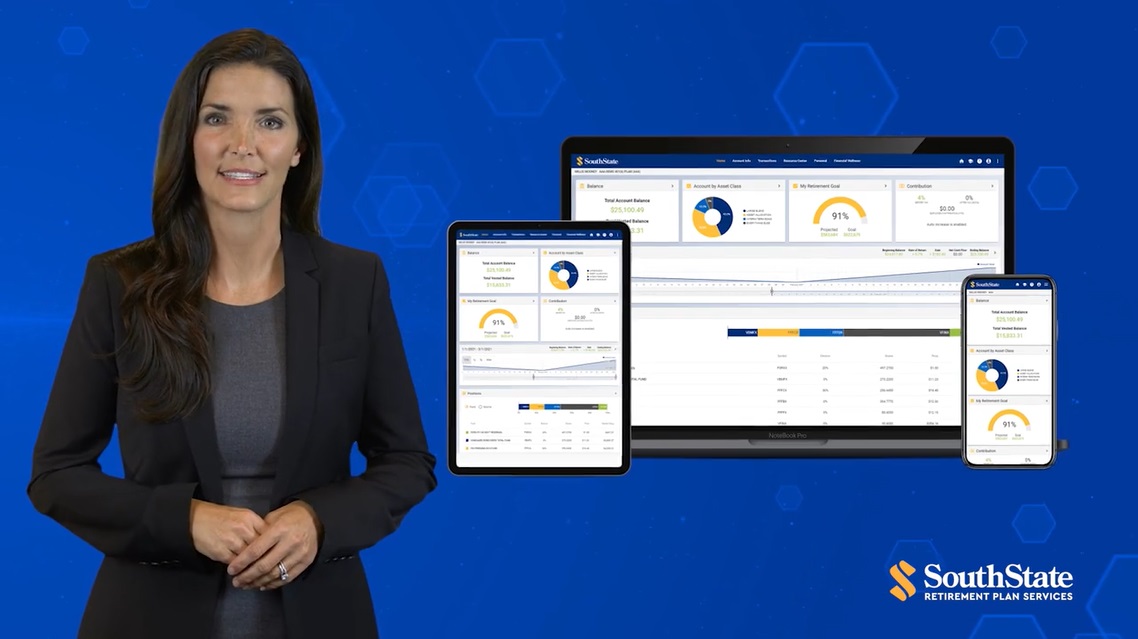We can assist with many different plans including:
- 401(k) for Private Employers
- 403(b) for Non-Profit Entities
- 457 Plans for Government Entities
- ESOPS/KSOPS
- SEP/SIMPLE IRAs
- Defined Benefit Plans including Cash Balance
Our Services include:
- Design, Consulting and Special Situations
- Platform and Recordkeeping
- Third Party Administration and Compliance
- §3(21) Fiduciary Investment Advisory Services
- §3(38) Fiduciary Investment Management Services
- Fee Analysis and Benchmarking
- Participant Engagement









